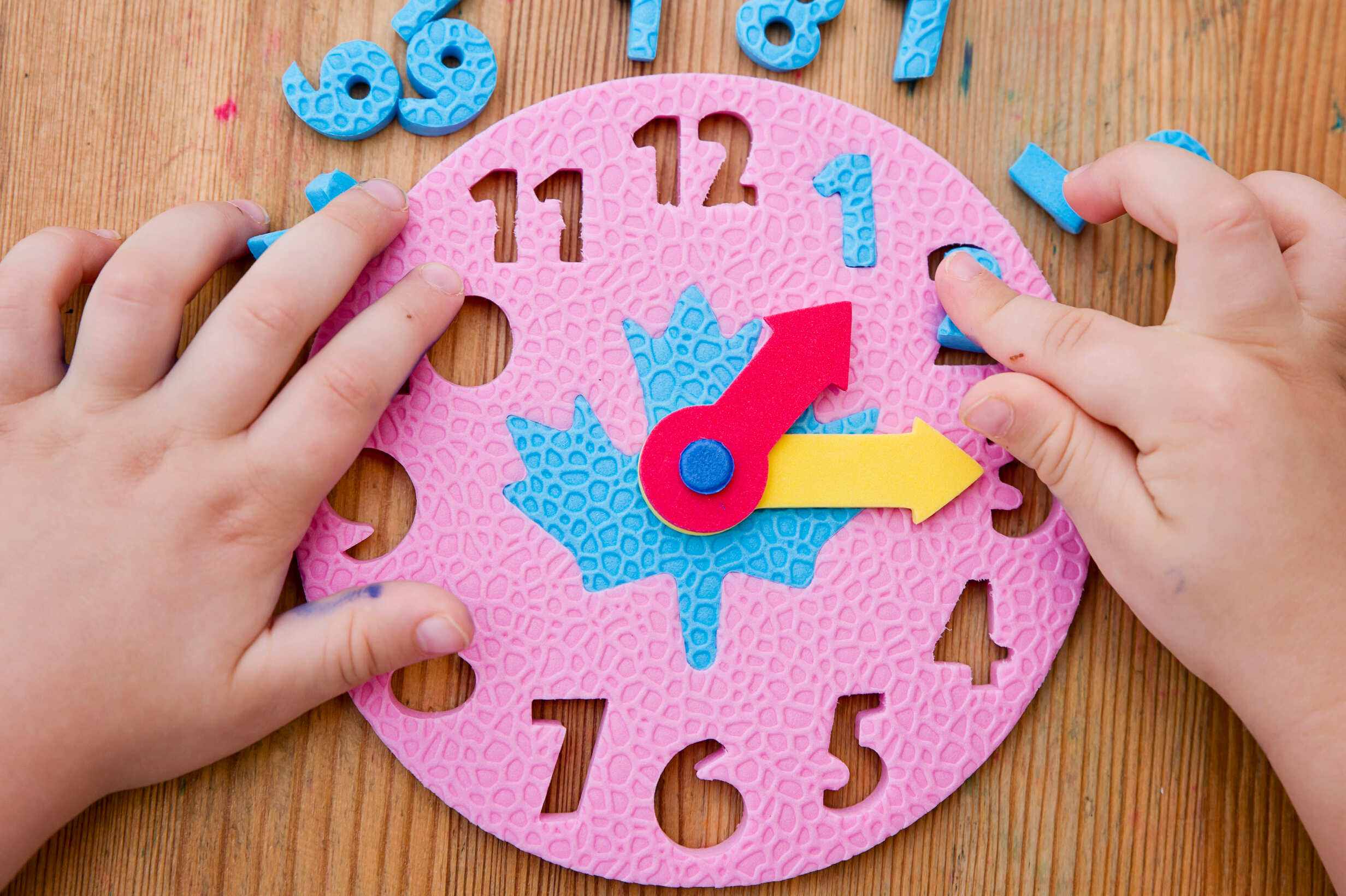MORE
A Fun and Friendly Guide

As a parent, I've always believed that learning should be an enjoyable and engaging experience for children. One essential skill that can sometimes be challenging for kids to grasp is telling time. With the digital age making it increasingly easy to rely on digital clocks, it's more important than ever to help our little ones understand and read time on both analog and digital devices.
In this article, I'll walk you through my tried and tested methods for teaching children how to tell time in a fun and friendly way. I'll also share some excellent resources that have been beneficial in my own journey as a parent, helping my children master time-telling skills.
Before diving into the actual process of telling time, it's essential to introduce your child to the basics. Start by explaining the different components of a clock: the hour hand, minute hand, and, if you want, the second hand. Then, teach them some time-related vocabulary, such as hours, minutes, seconds, and the concepts of AM and PM. Make sure to use simple language and age-appropriate explanations to ensure they understand.
To help your child understand the clock face, start by pointing out the hour markers and the minute markers. Explain the difference between the hour and minute hands, and how their positions on the clock face represent time.
A fantastic resource to practice reading analog clocks is the Topmarks Teaching Clock (https://www.topmarks.co.uk/time/teaching-clock). This interactive tool can be used on various devices and provides an adjustable clock face to help children practice telling time. Additionally, the Homeschool Pop Telling Time for Kids video (https://www.youtube.com/watch?v=EIxaxnageTo) is a fun and engaging way to reinforce these concepts through animation.
To further consolidate their learning, use printable worksheets from Math-Aids (https://www.math-aids.com/Time/Clock_Faces.html). These customizable worksheets allow you to choose different time intervals and the number of clock faces per page, catering to your child's skill level and learning preferences.
Once your child is comfortable with analog clocks, it's time to introduce digital clocks. Explain the digital time format, and how it represents the same information as an analog clock. Encourage your child to compare digital and analog clocks to understand the similarities and differences between them.
IXL Learning's Time section (https://www.ixl.com/math/time) is a great platform to practice reading digital clocks. The site offers various practice problems for different grade levels, and a subscription provides full access to all content. The Kids Academy Telling Time for Children video (https://www.youtube.com/watch?v=3Posbu-VKxU) also offers clear explanations and visual aids, making it easier for children to understand digital clocks.
After your child grasps the basics of telling time, it's time to introduce the concept of elapsed time. Start by explaining the ideas of before and after, and how to add or subtract time. To practice these skills, return to IXL Learning's Time section, or create custom worksheets from Math-Aids.
To reinforce your child's time-telling skills, I recommend the Clock Splat Game by Sheppard Software (https://www.sheppardsoftware.com/math/time/clock-splat-game/). This interactive game challenges children to match the correct time on digital and analog clocks, making learning enjoyable.
Incorporate time-telling into daily routines by encouraging your child to tell you the time using both analog and digital clocks. This consistent practice will help them feel more confident in their time-telling abilities.
Teaching children to tell time is an essential skill that will benefit them throughout their lives. As a parent, you have the unique opportunity to make this learning experience fun and engaging by using the resources mentioned in this article and incorporating time-telling into your daily routines.
Remember that the key to successful learning is patience and consistency. Celebrate your child's progress and mastery of time-telling skills, and help them understand the importance of time management as they grow older.
By following this guide and utilizing the provided resources, you can empower your child to become confident and proficient in telling time. Keep in mind that every child learns at their own pace, so be patient and supportive during this learning journey. Happy time-telling!
How likely are you to recommend our website to a friend or family member?
Please choose one of the following options
Attention, readers! We would love to review articles written by residents of the communities we serve. If you think you have a great idea for an article or have already written an article and would like to share it with us, click 'submit' to upload your article for consideration
Parent LivingPlus is more than just a business directory, event calendar, or job board — we’re a virtual community center. We're the place to come when you want to explore your neighborhood and get the most out of the time you spend with your friends and family!
Check out these sponsored business listings and more!